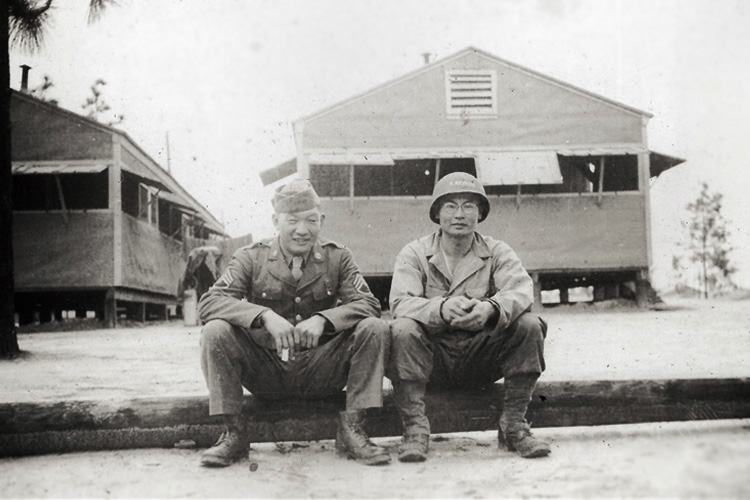American Battle Monuments Commission celebrates Asian American Pacific Islander Heritage Month
This month, the American Battle Monuments Commission celebrates Asian American Pacific Islander Heritage Month, a national observance that honors the perseverance and legacy of Asian and Pacific Americans and their contributions to the nation.
Shortly after the Japanese attack on Pearl Harbor in December 1941, President Franklin D. Roosevelt issued an executive order which resulted in the removal and internment of over 120,000 ethnic Japanese into camps throughout the western U.S. Almost two-thirds of those were U.S. citizens of Japanese descent.
Despite the discrimination they faced, more than 33,000 second-generation Japanese Americans, or Nisei, volunteered to serve in the U.S. Army during World War II. Two all-Nisei units were formed: the 100th Infantry Battalion and the 442nd Infantry Regiment, with the 100th subordinated to the 442nd once the latter arrived in theater.
The 100th and the 442nd served with distinction in the Italian theater before transferring to Southern France and seeing tough fighting in the Vosges mountains. The Nisei then returned to Italy, where they helped break the Gothic line. The 442nd is one of the most highly decorated units in American military history. This distinguished unit earned 9,485 Purple Hearts, eight Presidential Unit Citations, and 21 of its members were awarded Medals of Honor.
Thirty-five members of the 100th and 442nd are buried or memorialized at ABMC sites. Included among them are Pvt. Victor and Pfc. John Akimoto. The brothers are buried next to each other in Lorraine American Cemetery in Saint-Avold, France. Each of them is a Bronze Star recipient. The Bronze Star is awarded to any person who, while serving in any capacity in or with the U.S. Army distinguished themself by heroic or meritorious achievement or service.
The ABMC published a book in 2015 called “When The Akimotos Went To War.” This book details the brothers’ lives and their participation in WWII. It can be downloaded at: https://www.abmc.gov/learning-resources/publications/when-akimotos-went-war.
Another of the Akimoto children, Ted, became an official photographer for Gen. Douglas MacArthur after the war. He was one of the first people to photograph the aftermath of the atomic bomb in Hiroshima.
The ABMC honors all Asian Americans and Pacific Islanders who fought and died in defense of our country.
The ABMC’s mission is to honor the service of the U.S. Armed Forces by creating and maintaining memorial sites, offering commemorative services, and facilitating the education of their legacy to future generations. It was founded in 1923 following World War I and its 26 cemeteries and 31 monuments honor the service men and women who fought and perished during World War I, World War II, the Korean War and the Vietnam War, as well as some who fought during the Mexican-American War.
Those sites are a constant reminder of Gen. John J. Pershing’s promise that “time will not dim the glory of their deeds.”

